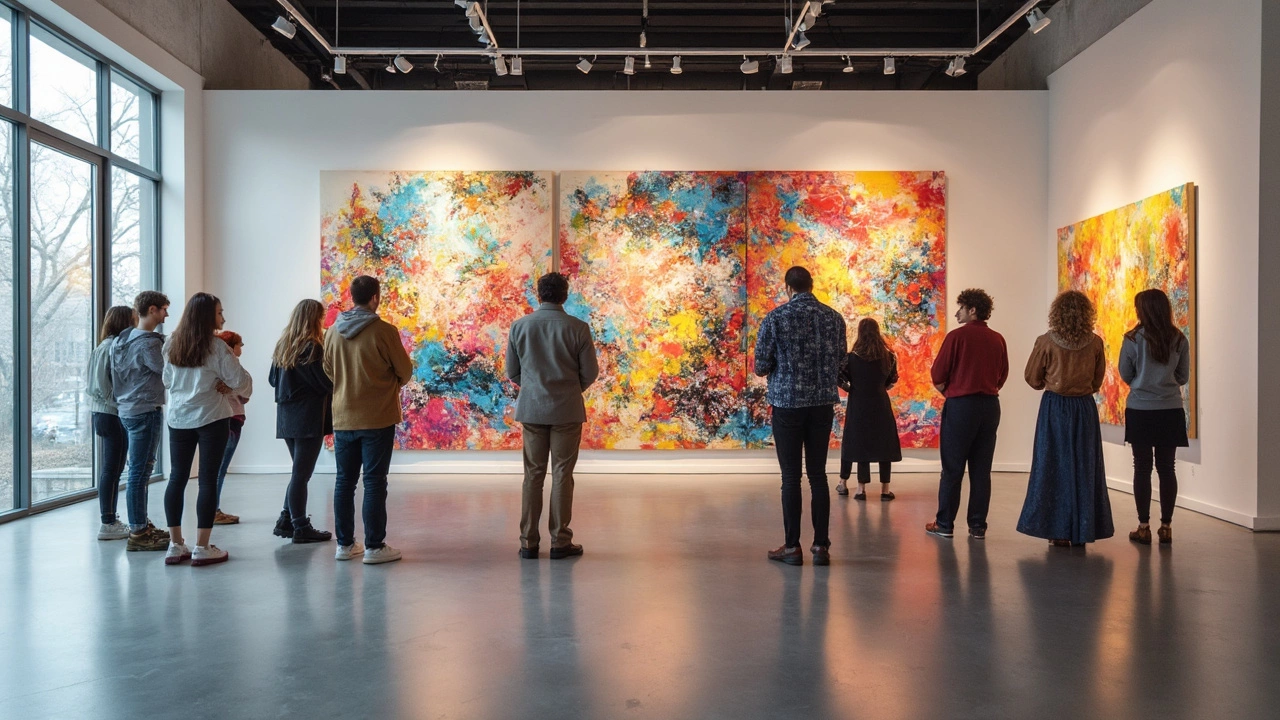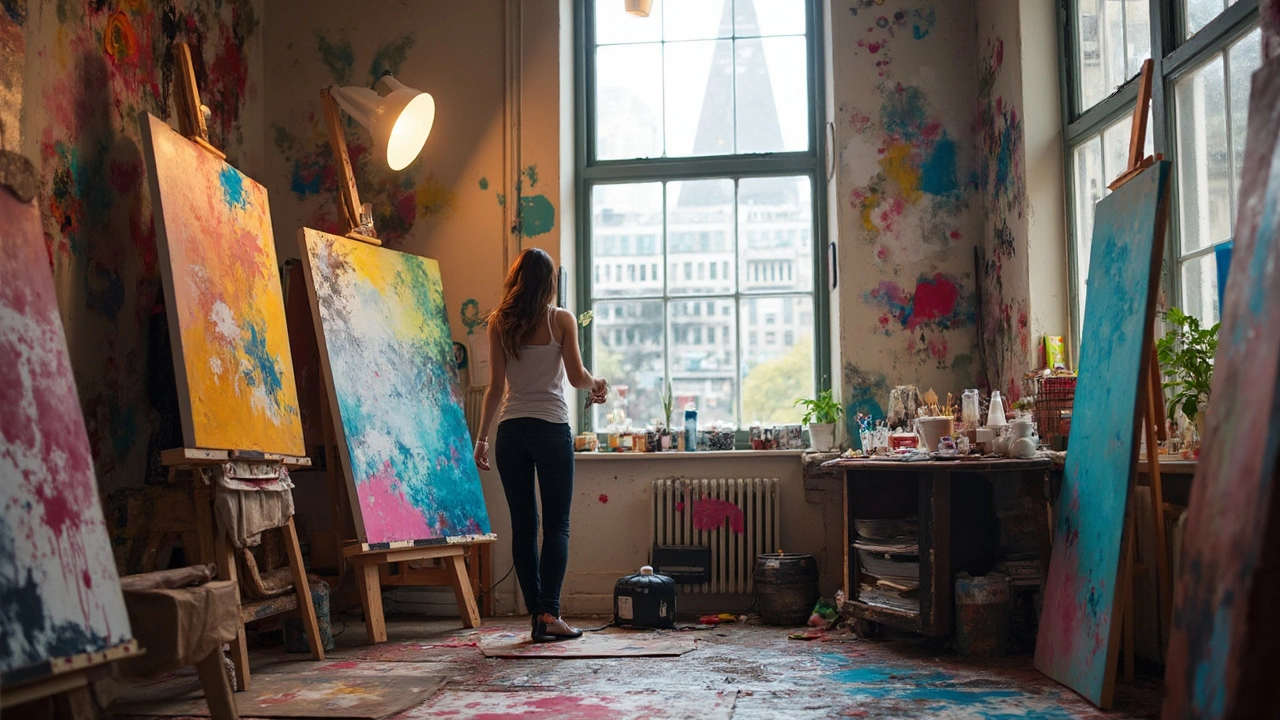Expression in Art: How to Grow Your Creative Voice
Ever wonder why some artworks hit you right in the feels while others feel flat? It’s all about expression – the way an artist puts thoughts, emotions, and personality onto a canvas, sculpture, or even a song. On this page we’ll break down what expression really means and give you simple steps to make yours louder, clearer, and more authentic.
Understanding Artistic Expression
Expression starts with a feeling or an idea you want to share. Think of a portrait where the eyes seem to follow you – that’s the artist using focus, colour, and brushwork to convey mood. In abstract art, expression hides behind shapes and colour blocks, inviting the viewer to feel rather than read a story. Both approaches rely on one thing: a clear intention.
When you paint oil and make a mistake, you’ve got a chance to reshape the expression. Fixing a smudge isn’t just a repair; it’s a chance to add texture or a new colour that deepens the emotion. The same goes for sculpture. Using cheap or found materials can add a raw, gritty vibe that high‑end marble can’t match.
Practical Ways to Boost Your Expression
1. Start with a sketch. Even if you work in watercolor, a quick pencil outline helps you decide where the eye will go. It also lets you experiment with composition before committing to paint.
2. Play with colour. If you’re doing a landscape, pick a palette that matches the feeling of the scene – warm reds for a sunset, cool blues for a misty morning. Colour can turn a simple hill into a memory.
3. Use the rule of thirds. Placing key elements off centre creates tension and draws the viewer’s gaze. It works for both paintings and digital art.
4. Embrace mistakes. A stray brushstroke can become a highlight. In oil painting, glazing over a dry layer can add depth you didn’t plan for. In sculpture, a cracked surface can suggest age or vulnerability.
5. Stay curious about other media. Listening to a jazz track while you paint might inspire a syncopated rhythm in your brushwork. Watching a modern dance performance can spark new ways to suggest movement on a still canvas.
6. Study the masters. Look at how Picasso used shape in “Guernica” to convey horror, or how portrait painters today capture personality through subtle eye details. Seeing the tricks they used helps you adapt them to your style.
7. Get feedback. Show your work to a friend or post it in an online community. Honest reactions point out where your expression lands flat and where it hits home.
Remember, expression isn’t a static skill. It grows each time you pick up a brush, a chisel, or even a keyboard for digital art. Keep experimenting, keep reflecting on what you want to say, and let the medium do the talking.
Ready to level up? Pick one of the posts below – maybe the guide on abstract meaning or the tips for fixing oil paint errors – and try applying a single tip today. You’ll see immediate change and a stronger voice in your art.

29 May 2025
This article breaks down the real reason abstract art works and what makes it stand out. It explains how abstract art isn’t about painting real objects but about ideas, feelings, and the freedom to create. Get insights into how artists use color, form, and movement to connect with us in surprising ways. You'll pick up straight-talking facts, a look at famous abstract artists, and tips for understanding and even making your own abstract art. Perfect if you want to 'get' abstract art without feeling lost or overwhelmed.
Continue reading...

27 Mar 2025
Abstract painting can be challenging due to its lack of defined subject matter and the freedom it offers. Many artists struggle with the concept of communicating emotions and ideas without clear visual cues. This form of art requires a strong understanding of color, form, and technique. The article explores the unique difficulties of abstract painting, why it's worth the effort, and offers tips for artists looking to explore this style.
Continue reading...

